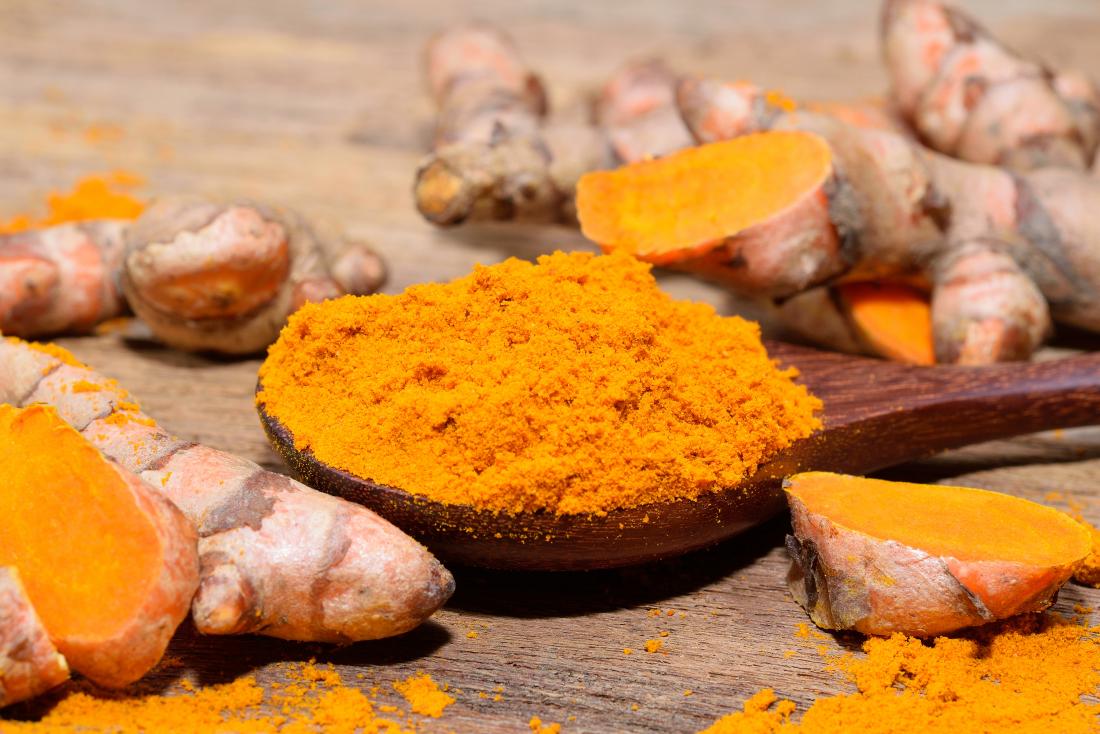Natural Remedies for Pain Relief, It’s time to explore the world of natural remedies. Natural pain relief remedies offer a holistic approach to managing pain and can provide effective relief without the side effects of pharmaceutical drugs. From turmeric and essential oils to acupuncture and yoga, there are various natural methods to try. In this article, we’ll delve into the benefits of using natural remedies for pain relief and explore specific remedies and techniques that you can incorporate into your daily routine. Say goodbye to pain the natural way!
Overview of natural pain relief remedies

Natural pain relief remedies offer a wide range of options for managing pain without relying on traditional medicine. These remedies include natural ingredients, techniques, and therapies that can provide effective relief. From herbal remedies to physical therapies, there are many approaches to consider. It’s important to explore these remedies to find the ones that work best for your specific needs. By incorporating natural pain relief remedies into your routine, you can take a holistic approach to managing pain and improve your overall well-being.
Benefits of using natural remedies for pain relief
Natural remedies for pain relief offer numerous benefits compared to traditional medicine.
- Fewer side effects: Natural remedies often have fewer side effects, making them a safer option for long-term use.
- Holistic approach: These remedies address the root cause of pain instead of just masking the symptoms.
- Versatility: There are a variety of natural remedies available, allowing individuals to find the ones that work best for their specific needs.
- Cost-effective: Many natural remedies are affordable and accessible, reducing the financial burden of managing pain.
- Improved overall well-being: Natural remedies not only provide pain relief but also promote overall health and wellness. Incorporating these remedies into your routine can enhance your quality of life.
Turmeric for Pain Relief

Turmeric, a bright yellow spice commonly used in cooking, has been found to have powerful anti-inflammatory properties that can help alleviate pain. It contains a compound called curcumin, which has been shown to reduce inflammation in the body. To incorporate turmeric into your routine for pain relief, you can add it to your meals, make a turmeric tea or golden milk, or take turmeric supplements. Consult with a healthcare professional to determine the best dosage and method of using turmeric for your specific needs.
Turmeric properties and benefits for pain relief

Turmeric, with its powerful compound curcumin, has proven anti-inflammatory properties that can help alleviate pain. It is known to reduce inflammation in the body and provide relief from various types of pain. Incorporating turmeric into your routine can be done by adding it to your meals, preparing turmeric tea or golden milk, or taking turmeric supplements. Consultation with a healthcare professional will help determine the best dosage and method for achieving optimal pain relief with turmeric.
How to incorporate turmeric into your routine
To incorporate turmeric into your routine for pain relief, you can add it to your meals as a spice, prepare turmeric tea or golden milk, or take turmeric supplements. Start by using small amounts of turmeric in your cooking and gradually increase the dosage based on your needs. For turmeric tea or golden milk, boil water or milk with turmeric powder and other desired ingredients. If you prefer supplements, consult a healthcare professional for the recommended dosage and method of intake. Remember to be consistent in your turmeric consumption for optimal pain relief.
Essential Oils for Pain Management
Using essential oils can be an effective natural remedy for pain relief. Some top essential oils for pain management include lavender, peppermint, eucalyptus, and chamomile. These oils can be applied topically, diluted with a carrier oil, or used in aromatherapy by diffusing them into the air. To alleviate pain, mix a few drops of your chosen essential oil with a carrier oil like coconut or jojoba oil and gently massage it into the affected area. Remember to always do a patch test on a small area of skin before applying oils topically.
Top essential oils for pain relief

Here are some of the top essential oils that can help with pain relief:
- Lavender: Known for its calming properties, lavender oil can help reduce muscle and joint pain when applied topically.
- Peppermint: Peppermint oil has a cooling effect and can provide relief from headaches and muscle tension.
- Eucalyptus: Eucalyptus oil has anti-inflammatory properties and can aid in relieving pain associated with arthritis and muscle soreness.
- Chamomile: Chamomile oil has analgesic properties and can help alleviate pain caused by inflammation or muscle spasms.
To use these essential oils, dilute a few drops with a carrier oil and massage onto the affected area, or diffuse them into the air for aromatherapy benefits. Remember to patch test before applying topically.
Methods of application and best practices
When using essential oils for pain relief, there are a few methods of application and best practices to keep in mind. Diluting a few drops of the essential oil with a carrier oil and massaging it onto the affected area can provide targeted relief. Diffusing the oil into the air can also help with aromatherapy benefits. It’s important to patch test before applying topically and to consult with a healthcare professional if you have any specific health concerns or conditions. Remember, consistency is key when using essential oils for pain management.
Acupuncture for Pain Relief

How acupuncture works for pain management:
Acupuncture is an ancient Chinese practice that involves inserting thin needles into specific points on the body to stimulate the flow of energy. This stimulation can help reduce pain by promoting the release of endorphins, which are natural pain-relieving chemicals in the body. By targeting these specific points, acupuncture can provide relief for a variety of conditions, including chronic pain, migraines, arthritis, and back pain. Many people find acupuncture to be a safe and effective alternative to traditional pain management methods.
How acupuncture works for pain management
Acupuncture works for pain management by stimulating specific points in the body with thin needles, promoting the flow of energy and the release of endorphins, which are natural pain-relieving chemicals. This ancient Chinese practice can provide relief for various conditions, including chronic pain, migraines, arthritis, and back pain. Many people find acupuncture to be a safe and effective alternative to traditional pain management methods. To experience its benefits, consult with a qualified acupuncturist who can develop a personalized treatment plan for your specific needs.
Conditions that can be treated with acupuncture

Acupuncture can effectively treat a wide range of conditions, including chronic pain, migraines, arthritis, back pain, and even anxiety and depression. By stimulating specific points in the body, acupuncture helps restore the balance of energy and promotes healing. Whether you’re suffering from a physical ailment or an emotional imbalance, acupuncture can provide relief and support your overall well-being. Consult with a qualified acupuncturist to discuss your specific condition and develop a personalized treatment plan. Take the first step towards a pain-free and healthier life with acupuncture.
Yoga and Meditation for Pain Management

Yoga and meditation are powerful practices that can help manage pain and promote overall well-being. Incorporating gentle yoga poses and mindful meditation techniques into your routine can help reduce inflammation, increase flexibility, and release tension in the body. Some effective practices include child’s pose, cat-cow pose, and seated meditation. By dedicating time to these practices regularly, you can reduce pain, improve physical and mental health, and find a sense of calm and balance in your life.
Benefits of yoga and meditation for pain relief
- Reduction of inflammation in the body, contributing to pain reduction.
- Improved flexibility and range of motion, alleviating muscle and joint discomfort.
- Release of tension and stress, which can exacerbate pain.
- Promotion of relaxation and a sense of calm, aiding in pain management.
- Enhancement of mental well-being, reducing the perception of pain.
- Increased mindfulness and self-awareness, allowing for better pain recognition and management.
- Potential improvement in sleep quality, leading to better pain tolerance.
- Holistic approach to pain management, addressing the mind-body connection for overall well-being.
Specific poses and techniques for different types of pain

Specific poses and techniques in yoga and meditation can target different types of pain and provide relief.
- For back pain: Try child’s pose, cat-cow stretch, and downward dog to stretch and strengthen the back muscles.
- For knee pain: Practice warrior poses, such as warrior I and warrior II, to improve stability and flexibility in the knees.
- For neck and shoulder pain: Incorporate shoulder rolls, neck stretches, and gentle twists to release tension in the upper body.
- For headaches: Practice forward folds, such as standing forward bend, to increase blood flow to the head and relieve headaches.
Remember to consult with a qualified instructor for proper guidance and modifications based on your specific needs.
Conclusion
:max_bytes(150000):strip_icc()/VWH_Illustration_Natural-Remedies-for-Arthritis-in-Hands_Illustrator_Laura-Porter_Final-bc8e2c4c3b4e40daac06736a40caa4e4.jpg)
Branding is a powerful tool for business differentiation and staying relevant in a competitive market. To effectively brand your business, follow these steps:
- Define your brand identity: Clearly articulate your values, mission, and unique selling proposition to create a strong foundation for your brand.
- Design a compelling visual identity: Create a logo, choose colors and fonts that reflect your brand personality, and ensure consistency in all visual aspects of your business.
- Develop your brand voice: Define the tone and language that best represents your brand and use it consistently in all communication channels.
- Build brand awareness: Implement a marketing strategy that includes online and offline channels to increase visibility and reach your target audience.
- Establish brand credibility: Consistently deliver on your brand promise and provide excellent products or services to build trust and loyalty among your customers.
Remember, branding is an ongoing process that requires regular evaluation and adaptation to stay relevant and effectively communicate with your target audience.
Combining natural remedies for holistic pain relief
When it comes to holistic pain relief, combining natural remedies can be a powerful approach. One strategy is to incorporate turmeric into your routine for its anti-inflammatory properties. Another option is to use essential oils, such as lavender or peppermint, for their analgesic effects. Acupuncture can also be effective in relieving pain by targeting specific pressure points. Additionally, practicing yoga and meditation can help reduce pain and improve overall well-being. By combining these natural remedies, you can create a holistic pain relief plan that addresses both the physical and mental aspects of pain management.
Consultation with healthcare professionals for personalized pain management plan
Consulting with healthcare professionals is crucial to develop a personalized pain management plan that meets your specific needs. They can assess your condition, provide expert guidance, and recommend appropriate treatments or therapies. By working closely with healthcare professionals, you can receive comprehensive care and support tailored to your pain management goals. This collaborative approach ensures that you receive the right treatments, medications, and therapies, maximizing your chances of finding effective relief. Remember to be open and honest during consultations, providing detailed information about your symptoms, concerns, and any previous treatments you have tried.
For More blogs visit Aerns

